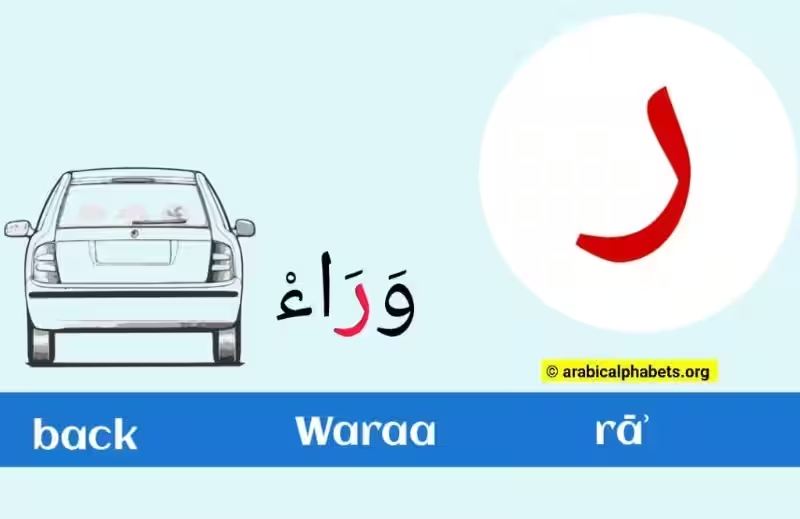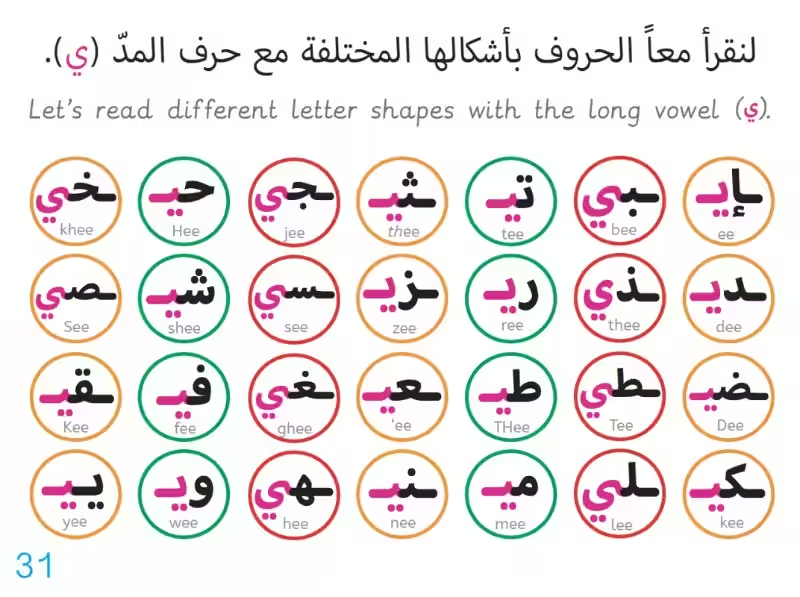
The Arabic language, with its rich history and intricate script, holds a fascinating array of sounds and symbols. Among these, the letter ‘R’ (ر) stands out as a crucial element, contributing a distinct sound and playing a crucial role in the construction of words and their meanings. Let’s embark on a journey to understand the power and nuances of ‘R’ in the Arabic language.
The ‘R’ Sound: A Tale of Tongue and Vibration
The ‘R’ in Arabic, pronounced as a voiced dental trill, is a sound that involves the rapid vibration of the tongue against the upper teeth. This distinct articulation creates a vibrant and energetic sound that is often described as a “rolling” or “fluttering” sound. Imagine the sound of a car engine rumbling or a bird chirping – that’s the essence of the Arabic ‘R’.
The ‘R’ in Words: A Vital Building Block
The letter ‘R’ is a ubiquitous presence in the Arabic language. It appears in countless words, shaping their pronunciation and influencing their meaning. Let’s explore a few examples:
- ‘Rā’ (ر): This is the letter itself, a simple but powerful symbol that represents the ‘R’ sound.
- ‘Rūḥ’ (روح): Meaning “spirit” or “soul”, this word highlights the importance of ‘R’ in conveying abstract concepts.
- ‘Ra’s’ (رأس): Meaning “head,” this word showcases the ‘R’ as a key component in shaping the pronunciation and meaning of essential body parts.
The ‘R’ in Arabic is not just a simple sound; it’s a linguistic powerhouse that contributes significantly to the richness and depth of the language.
‘R’ in Context: The Nuances of Pronunciation
The pronunciation of ‘R’ can be influenced by the surrounding letters in a word. While the basic sound remains consistent, its articulation may vary slightly depending on its position and the letters that precede or follow it. This creates a subtle interplay of sounds that adds complexity and beauty to the language.
‘R’ and the Emphatic Sounds: A Fusion of Vibration and Intensity
Arabic has a unique set of “emphatic” sounds, characterized by a raised tongue position that adds a distinct intensity to the pronunciation. When ‘R’ is combined with emphatic sounds, its pronunciation becomes even more pronounced and vibrant. This creates a powerful sonic effect that amplifies the meaning of the word.
- ‘Rā’ (ر): The regular ‘R’ sound.
- ‘Rā’ (ر) + Emphatic Sound: The ‘R’ takes on a more intense and resonant quality, adding a distinctive characteristic to the word.
This interplay of regular and emphatic ‘R’ sounds creates a dynamic interplay of sounds within the Arabic language, adding layers of complexity and richness to its pronunciation.
The ‘R’ in Literature and Poetry: A Symphony of Sound
Throughout Arabic literature and poetry, the ‘R’ has been employed as a powerful tool to evoke emotions, create imagery, and enhance the flow of language. The sound of ‘R’ is often associated with strength, energy, and passion. It can be used to create a sense of dynamism, movement, and even aggression.
Illustrious Examples: ‘R’ in Arabic Literature
The Arabic language, with its rich tradition of poetry and prose, offers a rich tapestry of examples where the ‘R’ contributes to the evocative power of language. One such example is the renowned poem “The Seven Odes” (Mu’allaqat) by Imru’ al-Qais. Here, the ‘R’ is used to evoke the spirit of the desert, the rhythm of the camel’s footsteps, and the intensity of the poet’s emotions.
In modern Arabic literature, the ‘R’ continues to hold its significance, contributing to the evocative power of language and adding depth and complexity to the written word.
The ‘R’ in Arabic: A Legacy of Sound and Symbol
The letter ‘R’ (ر) in Arabic is more than just a sound; it’s a fundamental element that shapes the language’s character and expression. From its distinct articulation to its presence in countless words, the ‘R’ contributes to the richness, complexity, and evocative power of Arabic. As you delve deeper into the Arabic language, appreciate the role of ‘R’ in shaping the sounds, meanings, and beauty of this fascinating and vibrant language.
Frequently Asked Questions about “r” in Arabic
What is the Arabic letter for “r”?
The Arabic letter for “r” is “ر” (rāʾ).
How is “r” pronounced in Arabic?
The “r” sound in Arabic is a voiced alveolar trill, similar to the “r” in English words like “run” or “red”.
How is “r” written in Arabic?
The letter “ر” (rāʾ) has four different forms depending on its position in a word:
- Isolated: ر
- Initial: ر
- Medial: ر
- Final: ر
How is “r” used in Arabic words?
The letter “ر” (rāʾ) is a common consonant in Arabic and is used in many words. Some examples include:
- رجل (rajul) – man
- رأس (raʾs) – head
- مركز (markaz) – center
- أرض (ʾarḍ) – land
Are there any other ways to pronounce “r” in Arabic?
While the standard pronunciation of “r” in Arabic is a trill, there are some dialects where it can be pronounced as a tap or a fricative, similar to the “r” in some English accents.
- Use the search bar to find definitions of words in various languages.
- Explore word etymology to understand the origins and evolution of words.
- Utilize the pronunciation guide to learn how to pronounce words correctly.
- Access translations for words in multiple languages.
- Contribute to the dictionary by adding definitions, pronunciations, and other information.
- Review and edit existing entries to ensure accuracy and completeness.
- Use Wiktionary as a valuable tool for language learning and vocabulary expansion.
- Familiarize yourself with the difference between fixed-Do and movable-Do solfège systems.
- Understand the unique phonetic qualities of each Arabic consonant.
- Practice writing Arabic consonants in their various forms.
- Utilize the transliteration system to understand the pronunciation of Arabic words.
- Create personal word lists for vocabulary building or language practice.
- Filter your word list by specific letters to target particular sounds or spelling patterns.
- Explore the various applications that can enhance your language learning journey.
- Take advantage of the collaborative nature of Wiktionary to connect with other language enthusiasts.
- Stay updated on the latest additions and improvements to the dictionary.
- Use Wiktionary as a resource for research and academic purposes.
- Explore the rich history and culture behind the Arabic language through its alphabet.
- Engage with the community by contributing to discussions and sharing your knowledge.
- Use Wiktionary to deepen your understanding of the nuances of language.
- Explore the connections between language and culture through Wiktionary’s diverse content.
- Use Wiktionary as a catalyst for personal growth and intellectual enrichment.
- Share your learnings with others to spread the benefits of Wiktionary.
- Embrace the open-source nature of Wiktionary to contribute to a global knowledge base.
- Use Wiktionary to enhance your communication skills in various languages.
- Explore the world through the lens of language with Wiktionary as your guide.
- Appreciate the power of collaborative knowledge creation through Wiktionary.
- Develop a deeper appreciation for the complexities of language.
- Use Wiktionary to expand your horizons and learn something new every day.
- Enjoy the journey of language learning with Wiktionary as your companion.








